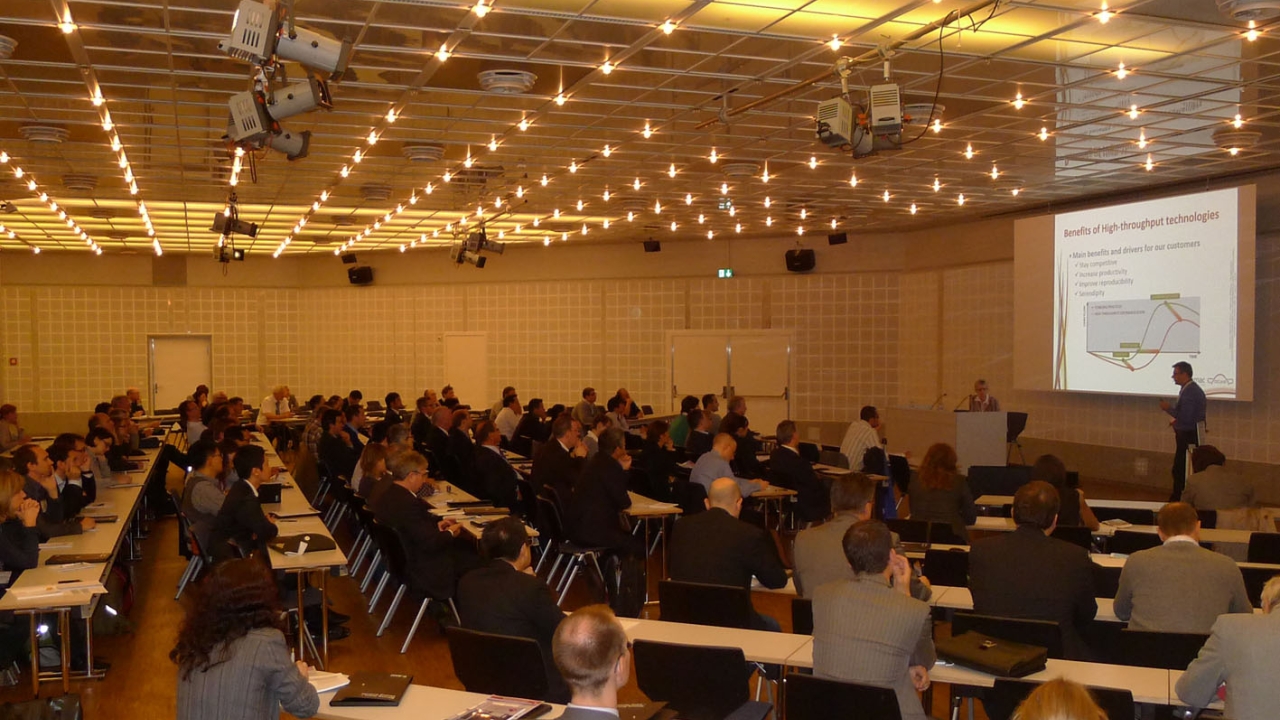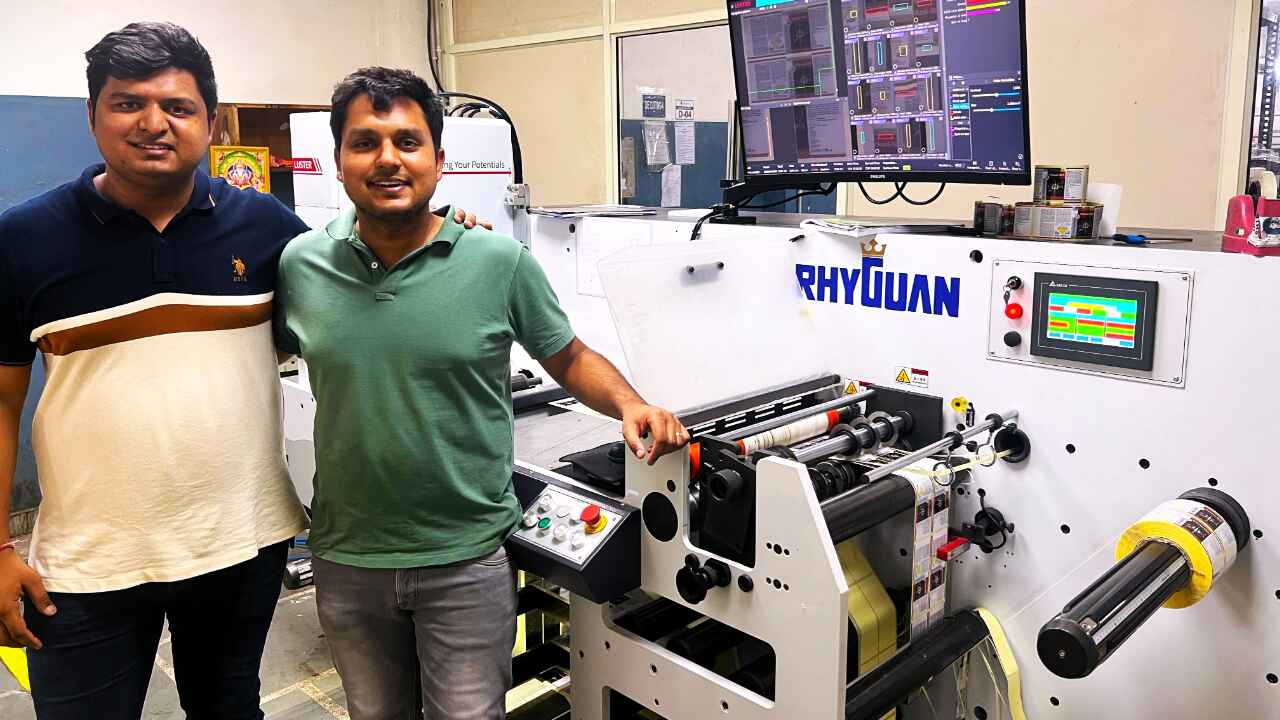‘Unprecedented interest’ to drive UV/EB in 2015
RadTech Europe expects a ‘full and exciting’ agenda of activities in 2015 driven by 'unprecedented interest' in UV/EB curing technologies across an ever-widening range of industries.

RadTech Europe is the European industry association that promotes the development, use and benefits of UV/EB curing technology in various markets. Established in 1988, the creation of the association was driven by a desire to create a formal profile for the industry’s even-then extended value chain, and to establish a pan-European platform where members could meet, share knowledge, develop joint themes and educate.
RadTech Europe’s major focus will be on its 2015 conference – ‘UV/EB now: new place, new format, new applications’.
Taking place in Prague, Czech Republic on October 13-15, the biennial conference agenda covers topics at the heart of the UV/EB market today, including: water-based technologies; advances in photochemistry and polymerisation; developments in formulations, coatings and equipment; graphic arts applications (including digital print and packaging); industrial usage from wood and paper coatings to plastics and 3D printing/additive manufacturing; and HSE and safe usage.
The conference will include a focus on innovation, which RadTech Europe said is responding to the high level of interest in the benefits of radiation curing as compared to traditional curing/drying technologies. New and emerging application areas, such as field-applied coatings, textiles, photovoltaics, aerospace and nanotechnology, will be explored, along with tooling and technology advances, innovations in chemistries, synthesis routes and the use of renewable materials.
Additionally, the RadTech Europe 2015 event calendar includes a dedicated EB curing seminar.
As well as events, RadTech Europe will continue to be active in the new review of the EC reference document on the best available techniques for surface treatment using organic solvents (BREF STS) in 2015. The document, which is being evaluated by a large number of stakeholder organizations, specifies emission limits and other environmental permit requirements, and includes information on alternative technologies to lower VOC emissions. The review process is expected to take approximately three years.
RadTech Europe is also involved in the working group applying for the extension of the exemption of mercury in special purpose discharge lamps under the RoHS directive on the use of hazardous substances in electrical and electronic equipment.
Other areas where the association said it is making positive contributions include REACH and the German Printing Ink Ordinance, now in its fifth draft, which is currently at the core of existing European standards for the safety of printing inks in food packaging materials in terms of non-migration, low odor and no taste transfer. 2014 saw RadTech Europe organize a dedicated seminar on this issue.
3D printing/additive manufacturing will be a further focus for RadTech Europe in 2015.
RadTech recently named its 2015 board.
Stay up to date
Subscribe to the free Label News newsletter and receive the latest content every week. We'll never share your email address.

